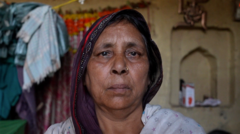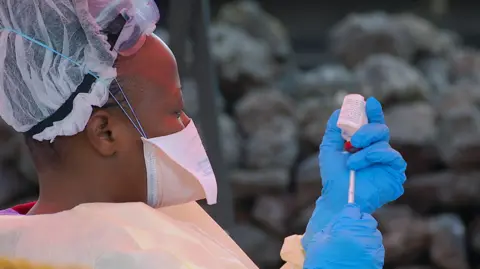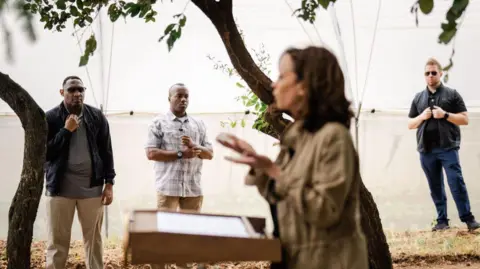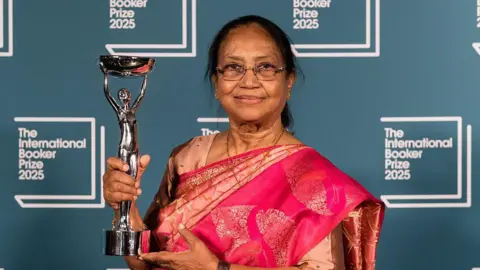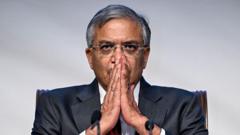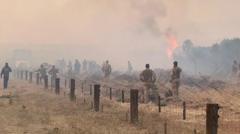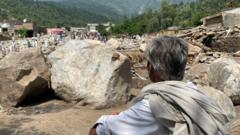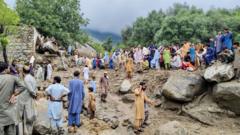The Kumbh Mela festival, known as the world’s largest religious gathering, witnessed a devastating crush on January 29 that claimed a reported 37 lives. However, investigations by the BBC reveal that families of at least 26 additional victims received partial compensation, and at least 18 others were entirely overlooked, raising broader questions about accountability and transparency from authorities.
Following the tragic event, a team of plain-clothed police officers arrived in Gopalganj, Bihar, to distribute cash compensation to bereaved families. One such family, the Gonds, received 500,000 rupees ($5,758) in cash for the death of 62-year-old Tara Devi, highlighting the systemic issues in how the Kumbh Mela tragedies were managed. Government officials assert that 2.5 million rupees were promised to the families of 35 officially recognized victims, yet scrutiny reveals inconsistencies in the death documentation and compensation disbursement processes.
The BBC investigation identified at least four distinct locations where deaths occurred during the crush, contrary to official statements claiming a singular incident at Sangam Nose—a significant religious confluence. Interviews with over 100 families from various states validated the identities of 82 victims, which further emphasized the scale of the disaster.
Despite evidence ranging from post-mortem reports to eyewitness accounts, many families navigate bureaucratic challenges to secure acknowledgment and compensation. Some families report pressured agreements from authorities attributing their loved ones’ deaths to health issues rather than the crush itself. Others, seeing the flaws in the process, have refused compensation tied to such conditions.
One poignant account involves Kusum Devi, whose husband died that day, requiring families to wait hours with their deceased loved ones amid government unresponsiveness. Meanwhile, families like that of Shyamlal Gond waited months even for basic documentation, with no recognition of their loss from officials.
As more revelations unfold, it casts a shadow over the management of one of Hinduism's most significant events and the continuing quest for justice among grieving families enduring unacknowledged loss.
This investigation goes beyond mere reporting; it unveils the humanity behind numbers, urging immediate discourse about the responsibilities of officials amidst the silence.
Following the tragic event, a team of plain-clothed police officers arrived in Gopalganj, Bihar, to distribute cash compensation to bereaved families. One such family, the Gonds, received 500,000 rupees ($5,758) in cash for the death of 62-year-old Tara Devi, highlighting the systemic issues in how the Kumbh Mela tragedies were managed. Government officials assert that 2.5 million rupees were promised to the families of 35 officially recognized victims, yet scrutiny reveals inconsistencies in the death documentation and compensation disbursement processes.
The BBC investigation identified at least four distinct locations where deaths occurred during the crush, contrary to official statements claiming a singular incident at Sangam Nose—a significant religious confluence. Interviews with over 100 families from various states validated the identities of 82 victims, which further emphasized the scale of the disaster.
Despite evidence ranging from post-mortem reports to eyewitness accounts, many families navigate bureaucratic challenges to secure acknowledgment and compensation. Some families report pressured agreements from authorities attributing their loved ones’ deaths to health issues rather than the crush itself. Others, seeing the flaws in the process, have refused compensation tied to such conditions.
One poignant account involves Kusum Devi, whose husband died that day, requiring families to wait hours with their deceased loved ones amid government unresponsiveness. Meanwhile, families like that of Shyamlal Gond waited months even for basic documentation, with no recognition of their loss from officials.
As more revelations unfold, it casts a shadow over the management of one of Hinduism's most significant events and the continuing quest for justice among grieving families enduring unacknowledged loss.
This investigation goes beyond mere reporting; it unveils the humanity behind numbers, urging immediate discourse about the responsibilities of officials amidst the silence.

